The American Alligator: A Comprehensive Guide
The American alligator, Alligator mississippiensis, is a fascinating reptile deeply woven into the ecology and history of the southeastern United States. Often misunderstood, these powerful predators are keystone species, playing a vital role in maintaining the health of their wetland ecosystems. This guide delves into the world of the American alligator, exploring its natural history, behavior, and relationship with both the environment and humans.
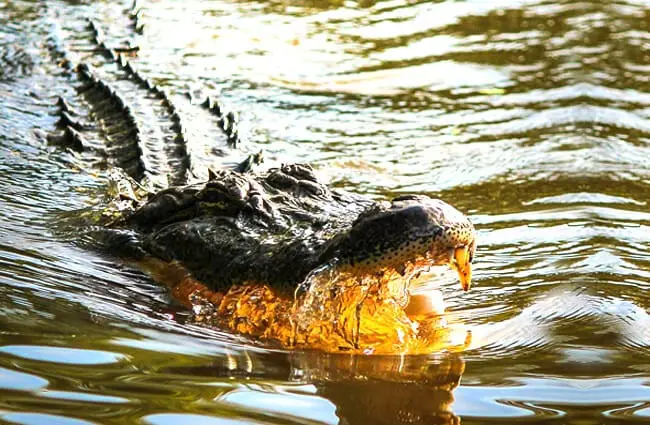
A Glimpse into the Past: Evolution and History
Alligators and crocodiles share a common ancestor dating back to the age of dinosaurs. While both belong to the order Crocodilia, alligators represent a distinct family, Alligatoridae. The American alligator evolved over millions of years, with fossil evidence indicating its presence in North America for at least 37 million years. Remarkably, this lineage has persisted through significant climate changes and geological events. The American alligator is more closely related to the Chinese alligator than to any crocodile species.
Habitat and Distribution
The American alligator is primarily found in the southeastern United States, inhabiting freshwater wetlands such as swamps, marshes, rivers, and lakes. Its range extends from eastern Texas to North Carolina, and northward into parts of Oklahoma, Arkansas, and Kentucky. They prefer areas with slow-moving water, abundant vegetation, and access to basking sites. They are incredibly adaptable, sometimes found in brackish water, but rarely in saltwater environments. Alligators create gator holes, deeper areas within wetlands that provide refuge for aquatic life during periods of drought. These holes are crucial for biodiversity.
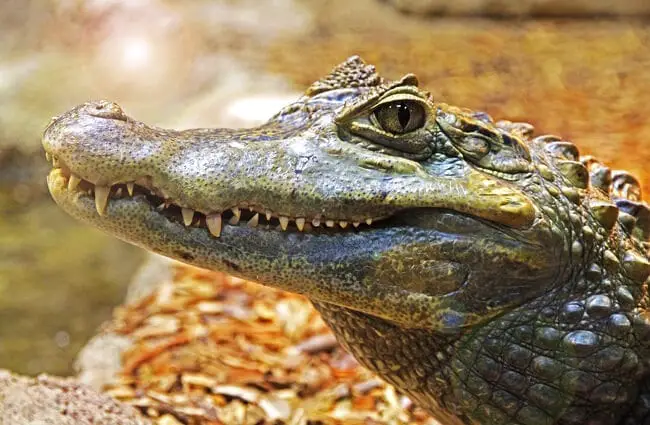
Physical Characteristics
Adult American alligators are robust reptiles, with males typically reaching lengths of 11 to 15 feet and weighing up to 1,000 pounds. Females are generally smaller, averaging 8 to 10 feet in length. A key identifying feature is the alligator’s broad, U-shaped snout, contrasting with the narrower, V-shaped snout of crocodiles. Alligators are dark in color, ranging from black to dark gray, which provides camouflage in murky environments. They possess powerful jaws and sharp teeth, designed for crushing and gripping prey.
Diet and Hunting Strategies
American alligators are opportunistic predators, consuming a wide variety of prey. Their diet includes fish, turtles, snakes, birds, and mammals. Juvenile alligators feed primarily on insects, crustaceans, and small fish. Larger alligators are capable of taking down sizable prey such as deer or small mammals. They employ a wait-and-ambush strategy, lying in wait beneath the water’s surface and striking with incredible speed and force. They don’t chew their food, instead ripping off chunks and swallowing them whole.
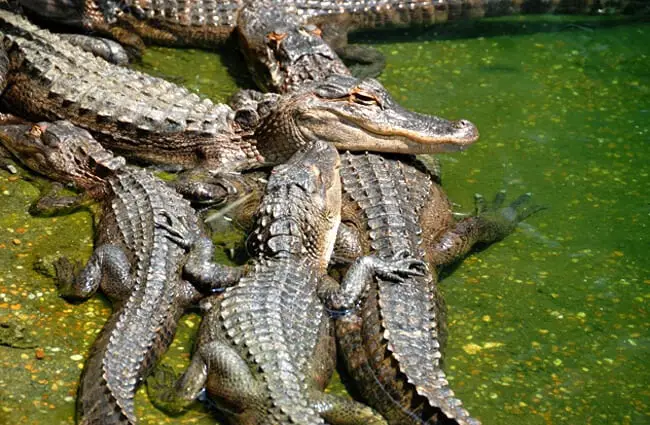
Ecological Role
As apex predators, alligators play a crucial role in maintaining the balance of wetland ecosystems. By controlling populations of prey species, they prevent overgrazing and promote plant diversity. Their gator holes provide habitat for numerous other species, contributing to overall biodiversity. Furthermore, alligators help to cycle nutrients within wetlands, benefiting the entire ecosystem.
Reproduction and Life Cycle
Mating season for American alligators typically occurs in the spring. Males engage in elaborate displays to attract females, including bellowing, head slapping, and water displays. Females construct mound nests of vegetation and mud, laying between 20 and 50 eggs. The temperature within the nest determines the sex of the hatchlings; warmer temperatures produce males, while cooler temperatures produce females. Incubation lasts approximately 65 days.
Hatchlings are miniature versions of adults and receive no parental care. They are vulnerable to predation by birds, mammals, and even larger alligators. Growth rates vary depending on food availability and environmental conditions. Alligators can live for 50 years or more in the wild, with some individuals exceeding 70 years.
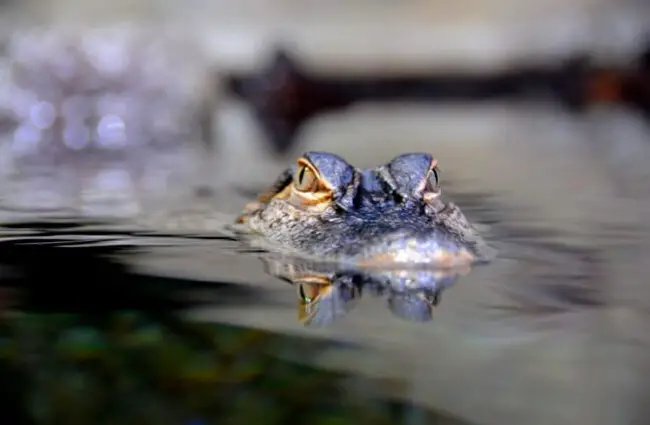
Alligators and Humans
Historically, American alligators were heavily hunted for their hides, meat, and oil. By the mid twentieth century, populations had declined, leading to their listing as a threatened species. Thanks to conservation efforts, including habitat protection and hunting regulations, populations have rebounded significantly. Today, American alligators are considered a conservation success story.
Safety and Interaction
While generally not aggressive toward humans, American alligators are powerful predators and should be treated with respect. It is important to maintain a safe distance and avoid feeding them, as this can lead to them associating humans with food. If an alligator approaches, it is best to back away slowly and avoid making sudden movements.
If an alligator attacks: Protect yourself by aiming for its eyes and snout, and seek immediate medical attention.
Captive Care
Caring for American alligators in captivity requires specialized knowledge and facilities. They need large enclosures with both land and water areas, as well as basking sites and temperature control. Diet should consist of a variety of whole prey items, supplemented with vitamins and minerals. Regular veterinary care is essential to maintain their health and well-being.
Important Considerations:
- Provide ample space for swimming and movement.
- Maintain appropriate water quality.
- Offer a varied and nutritious diet.
- Monitor for signs of illness or injury.
- Ensure the enclosure is secure to prevent escapes.
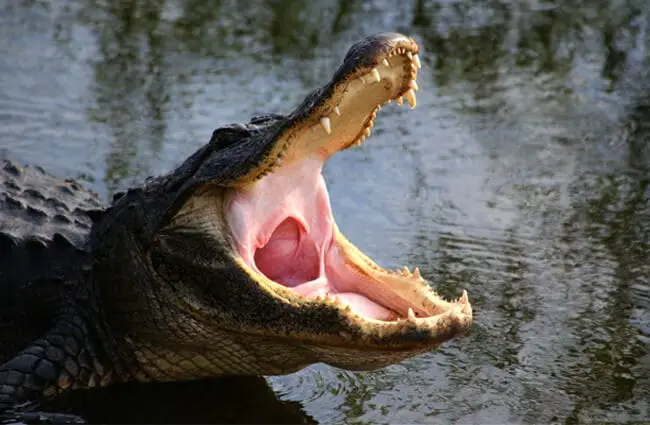
Fascinating Facts
- Alligators can hold their breath for up to an hour underwater.
- They possess pressure sensors called integumentary sense organs (ISOs) that detect vibrations in the water.
- Alligators play a role in seed dispersal by consuming fruits and excreting the seeds.
- Juvenile alligators communicate with their siblings through vocalizations.
- Alligators have been observed using tools, such as sticks, to attract birds.
- The bite force of an American alligator is among the strongest in the animal kingdom.
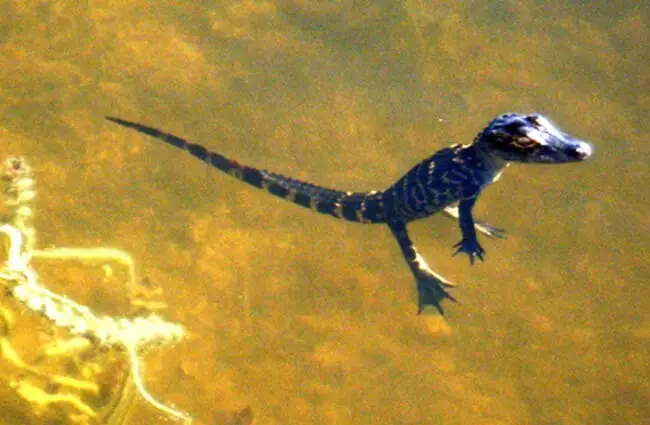
Conclusion
The American alligator is a remarkable creature, embodying the resilience and adaptability of nature. Its ecological importance, evolutionary history, and unique behaviors make it a captivating subject of study. Through continued conservation efforts and responsible stewardship, we can ensure that these magnificent reptiles continue to thrive in the wild for generations to come.

![Red Angus Closeup of a beautiful Red Angus cowPhoto by: U.S. Department of Agriculture [pubic domain]https://creativecommons.org/licenses/by/2.0/](https://animals.net/wp-content/uploads/2020/03/Red-Angus-4-238x178.jpg)




![Red Angus Closeup of a beautiful Red Angus cowPhoto by: U.S. Department of Agriculture [pubic domain]https://creativecommons.org/licenses/by/2.0/](https://animals.net/wp-content/uploads/2020/03/Red-Angus-4-100x75.jpg)

